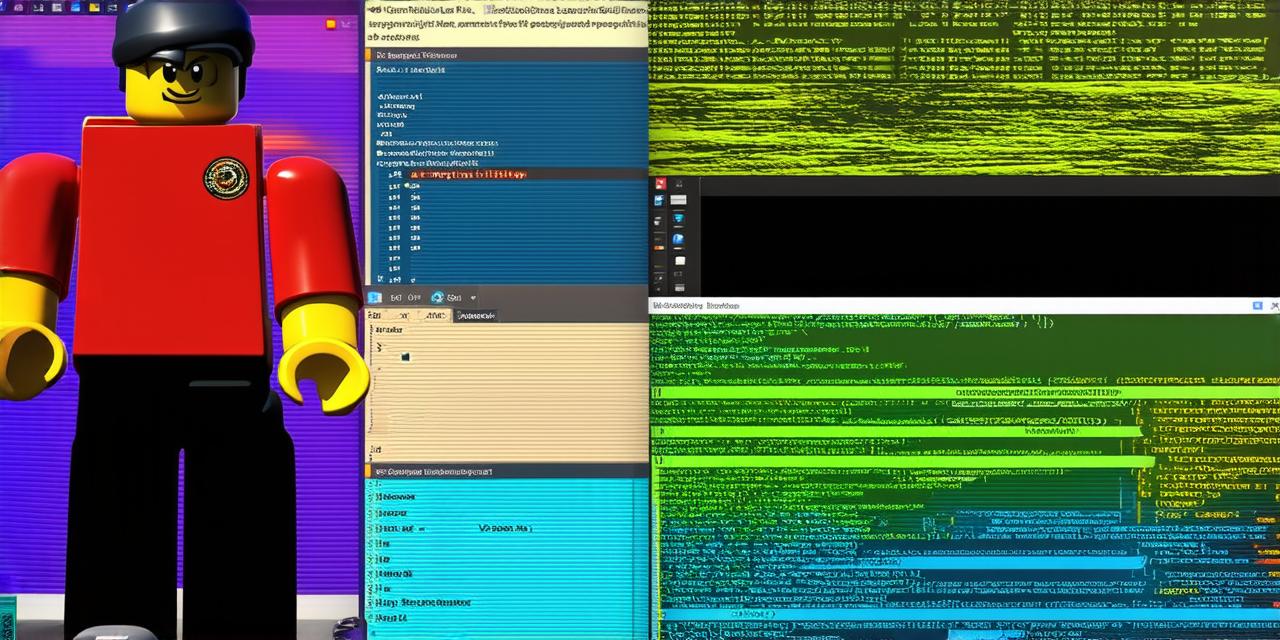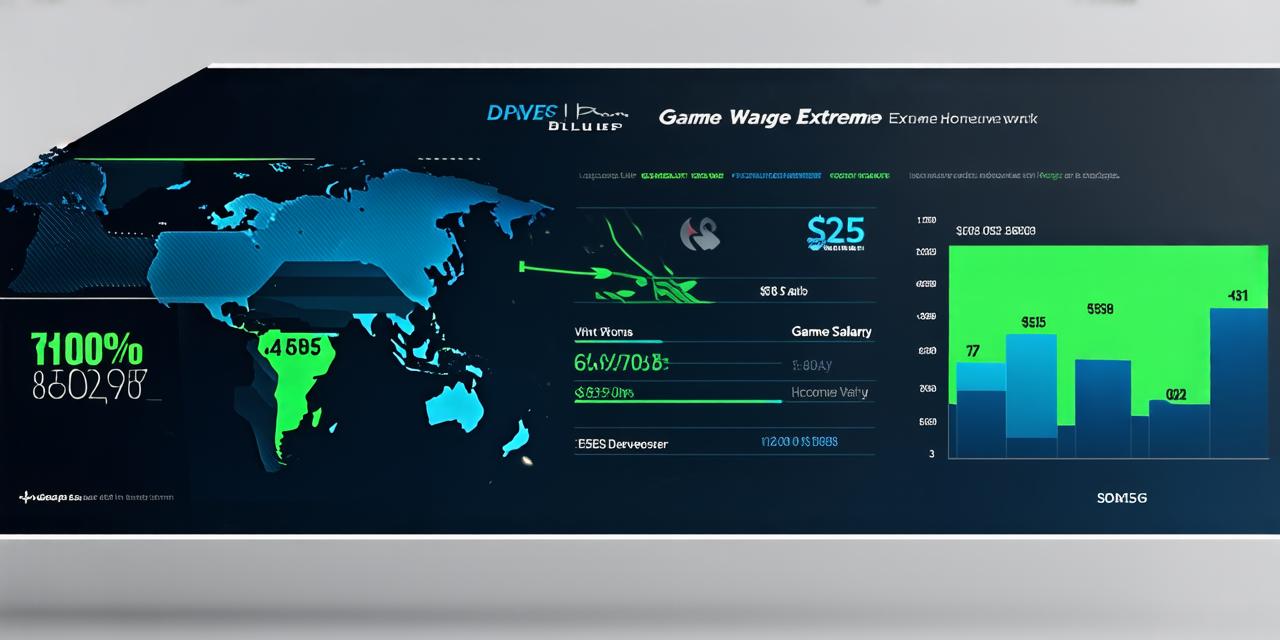If you’re passionate about creating immersive and engaging games, then you might be wondering how game developers make games.
The process can seem daunting at first, but with the right knowledge and tools, it’s possible to create a successful game that captivates players. In this guide, we will explore the different stages of game development and provide tips on how to create a game that resonates with your target audience.
1. Game Design
The first step in game development is to create a game design document (GDD). This document outlines the game’s concept, mechanics, levels, characters, and other essential details. It serves as a blueprint for the entire game development process and helps ensure that everyone involved in the project is on the same page.
One of the most critical aspects of game design is playtesting. Playtesting involves testing the game with real players to gather feedback and identify areas for improvement. This stage can be time-consuming, but it’s crucial to create a game that is enjoyable and engaging for players.
2. Game Development
Once you have a solid game design, the next step is to start coding. Game development involves creating the game’s code, graphics, sound effects, and other assets. The programming language used for game development varies depending on the platform (PC, console, mobile) and the game engine being used.
Game engines are software tools that help developers create games more efficiently by providing pre-built assets, such as characters, backgrounds, and sound effects. Some popular game engines include Unity, Unreal Engine, and Godot.
3. Game Testing
After the coding is complete, the next step is to test the game thoroughly. This stage involves finding and fixing bugs, improving performance, and ensuring that the game runs smoothly on different platforms.
One of the most crucial aspects of game testing is user acceptance testing (UAT). UAT involves testing the game with real players to ensure that it meets their expectations and provides a positive gaming experience. This stage can be time-consuming but is essential to creating a successful game.
4. Game Launch
Once the game has been thoroughly tested, it’s time to launch it on the platform(s) of your choice. The launch process involves preparing the game for distribution, marketing it effectively, and ensuring that it meets all necessary regulations and guidelines.
One of the most critical aspects of game launch is marketing. Effective marketing can help ensure that your game reaches your target audience and generates the revenue you need to recoup your development costs. Some effective marketing strategies include social media advertising, influencer partnerships, and PR outreach.

5. Game Maintenance
After the launch, the next step is to maintain the game by updating it with new content, fixing bugs, and addressing player feedback. Game maintenance can be time-consuming but is essential to keeping players engaged and ensuring that your game remains relevant and up-to-date.
One of the most critical aspects of game maintenance is community engagement. Engaging with your game’s community can help ensure that players feel heard and valued, which can lead to increased loyalty and repeat purchases.
Case Study: Creating a Successful Game
Let’s take a look at a real-life example of how game developers make games by analyzing the creation of “Minecraft” by Markus Persson (aka Jeb).
Minecraft started as a simple building game that allowed players to create their own worlds using blocks. However, as the game evolved, it became more complex and included features such as mobs, resources, and redstone circuits.
Persson spent several years working on Minecraft, refining the mechanics and adding new content. He also worked closely with a small team of developers to ensure that the game was stable and bug-free.
Minecraft’s success can be attributed to its simplicity, addictive gameplay, and wide appeal to players of all ages. The game’s popularity exploded after it was released on PC in 2009 and later on consoles and mobile devices.
Tips for Creating a Successful Game
- Focus on creating a solid game design document (GDD) that outlines the game’s concept, mechanics, levels, characters, and other essential details. This will serve as a blueprint for the entire development process.
- Involve your target audience in the playtesting stage to gather feedback and identify areas for improvement. This will help ensure that your game is enjoyable and engaging for players.
- Choose the appropriate game engine for your project, considering factors such as platform compatibility and available pre-built assets.
- Thoroughly test your game to find and fix bugs, improve performance, and ensure that it runs smoothly on different platforms.
- Develop an effective marketing strategy to reach your target audience and generate revenue.
- Engage with your game’s community to keep players interested and maintain a loyal player base.




